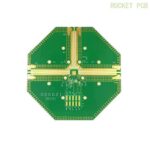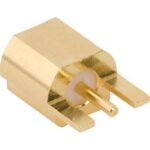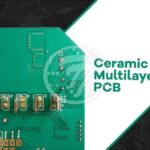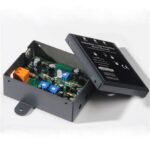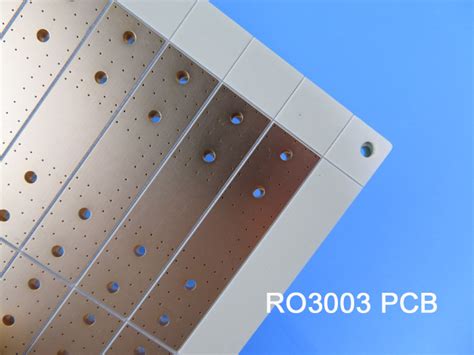
ALL ABOUT FLEX PCB
-
Rogers PCB: Everything You Should Know About It
Posted by
–
 Read more: Rogers PCB: Everything You Should Know About It
Read more: Rogers PCB: Everything You Should Know About ItWhat is Rogers PCB? Rogers PCB, also known as Rogers Printed Circuit Board, is a high-performance substrate material used in the manufacturing of printed circuit boards (PCBs). These PCBs are specifically designed to cater to high-frequency and high-speed applications, such as telecommunications, aerospace, defense, and medical industries. Rogers Corporation, the […]
-
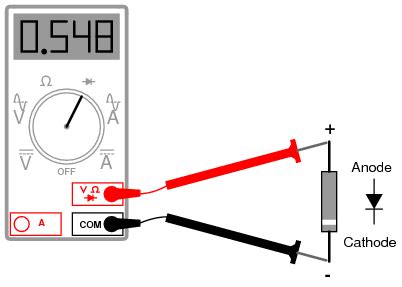 Read more: Diode Test: The Different Techniques Based on the Type of Diode
Read more: Diode Test: The Different Techniques Based on the Type of DiodeTable of Contents Introduction to Diodes Diode Testing Equipment Testing Regular Diodes Forward Bias Test Reverse Bias Test Testing Zener Diodes Forward Bias Test for Zener Diodes Reverse Bias Test for Zener Diodes Testing Light Emitting Diodes (LEDs) Testing Schottky Diodes Testing Varactor Diodes Diode Testing in Circuits In-Circuit Diode […]
-
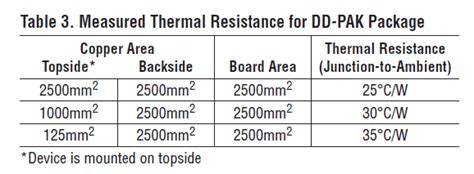 Read more: PCB Thermal Resistance: A Circuit Board’s Ability to Dissipate Heat
Read more: PCB Thermal Resistance: A Circuit Board’s Ability to Dissipate HeatUnderstanding PCB Thermal Resistance Printed Circuit Boards (PCBs) are essential components in modern electronic devices, serving as the foundation for mounting and interconnecting various electronic components. One crucial aspect of PCB design is its ability to dissipate heat generated by these components, which is quantified by the PCB’s thermal resistance. […]
-
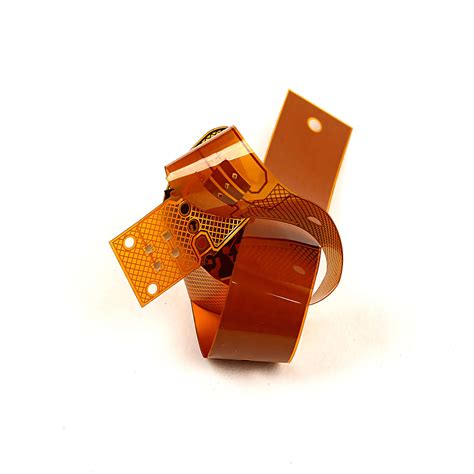 Read more: All About Flexible PCB and its Manufacturing Process
Read more: All About Flexible PCB and its Manufacturing ProcessWhat is a Flexible PCB? A flexible PCB, also known as a flex circuit or flexible printed wiring board (PWB), is a type of printed circuit board that consists of a thin, flexible substrate with conductive traces and components mounted on it. Unlike rigid PCBs, which are made from a […]
-
LED PCB: All You Need to Know
Posted by
–
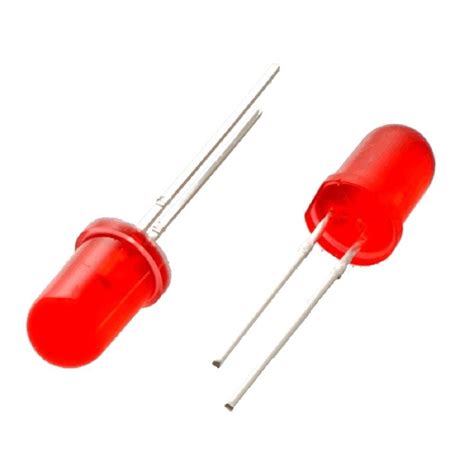 Read more: LED PCB: All You Need to Know
Read more: LED PCB: All You Need to KnowWhat is an LED PCB? An LED PCB, or Light Emitting Diode Printed Circuit Board, is a specialized type of PCB designed to power and control LED lights. These boards are used in a wide range of applications, from simple indicator lights to complex LED displays and lighting systems. LED […]
-
Dressing PCB solder joint defects
Posted by
–
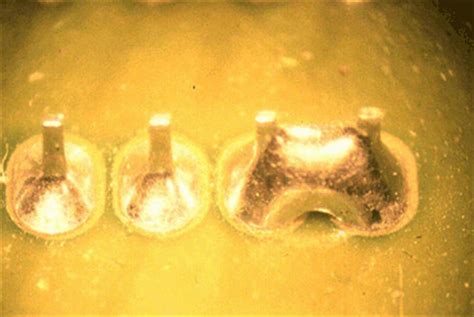 Read more: Dressing PCB solder joint defects
Read more: Dressing PCB solder joint defectsIntroduction to PCB Soldering Defects Printed Circuit Boards (PCBs) are essential components in modern electronic devices, providing a platform for mounting and interconnecting electronic components. The quality of solder joints on PCBs directly impacts the reliability and performance of the entire device. Soldering defects can lead to malfunctions, short circuits, […]
-
An Overview Different Types of PCB Assembly Services and Tips to Make your PCB Assembly a Success
Posted by
–
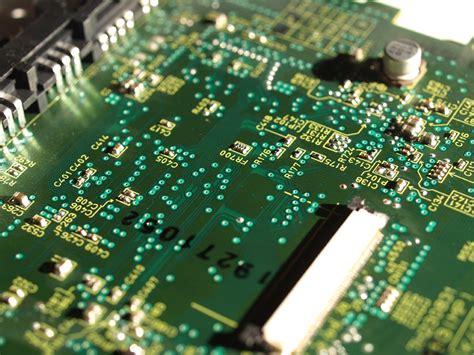 Read more: An Overview Different Types of PCB Assembly Services and Tips to Make your PCB Assembly a Success
Read more: An Overview Different Types of PCB Assembly Services and Tips to Make your PCB Assembly a SuccessIntroduction to PCB Assembly Printed Circuit Board (PCB) assembly is a crucial process in the manufacturing of electronic devices. It involves the placement and soldering of electronic components onto a PCB to create a functional circuit. The process requires precision, accuracy, and adherence to strict quality standards to ensure the […]
-
Hole Diameter: How to Calculate the Hole Size
Posted by
–
 Read more: Hole Diameter: How to Calculate the Hole Size
Read more: Hole Diameter: How to Calculate the Hole SizeWhat is Hole Diameter? Hole diameter refers to the distance across the center of a hole, measured from one inside edge to the opposite inside edge. It is a critical dimension that determines the size of the object that can fit into the hole, such as a screw, rod, or […]
-
Press Fit: A Comprehensive Guide
Posted by
–
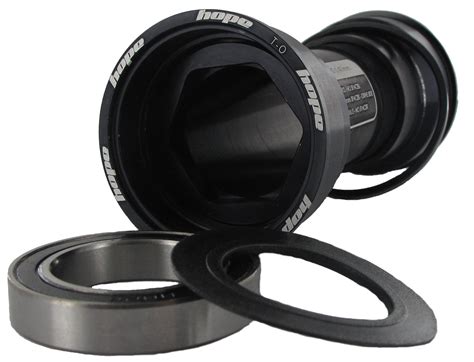 Read more: Press Fit: A Comprehensive Guide
Read more: Press Fit: A Comprehensive GuideWhat is Press Fit? Press fit, also known as interference fit or friction fit, is a fastening method that relies on friction and pressure to join two parts together without the use of additional fasteners like screws, bolts, or adhesives. In a press fit, the inner diameter of one part […]
-
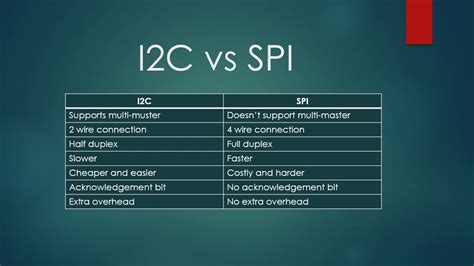 Read more: SPI vs. UART: Serial Communication Protocols for Microcontrollers and Embedded Systems
Read more: SPI vs. UART: Serial Communication Protocols for Microcontrollers and Embedded SystemsWhat is SPI? SPI, short for Serial Peripheral Interface, is a synchronous serial communication protocol that enables high-speed data transfer between a master device (usually a microcontroller) and one or more slave devices (such as sensors, memory devices, or other peripherals). SPI operates in a full-duplex mode, meaning data can […]
